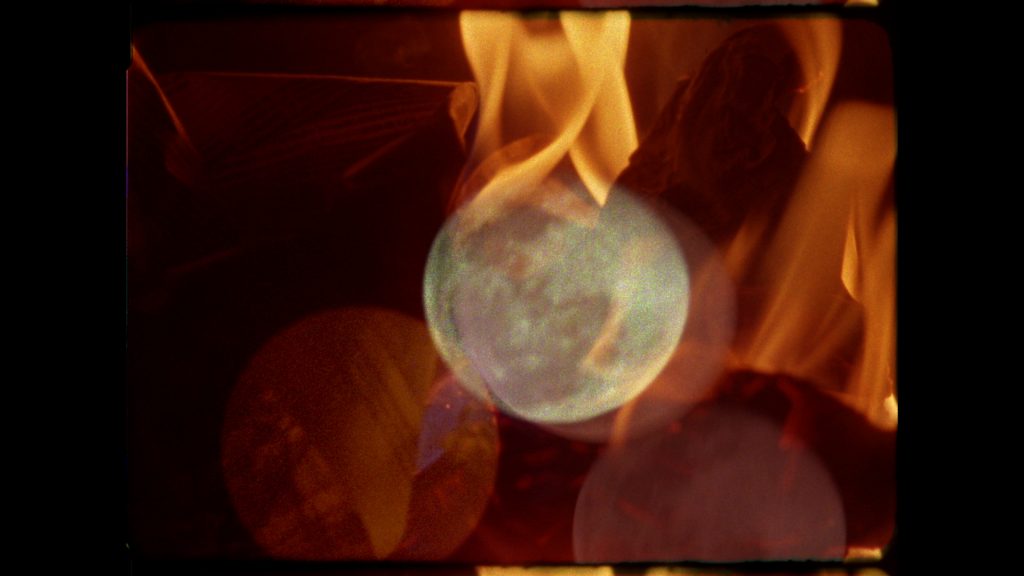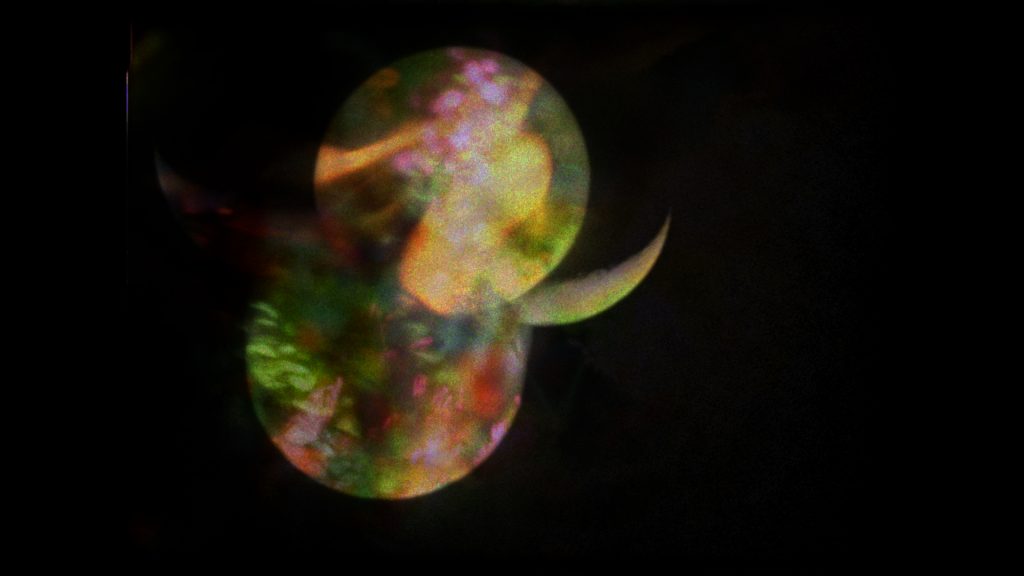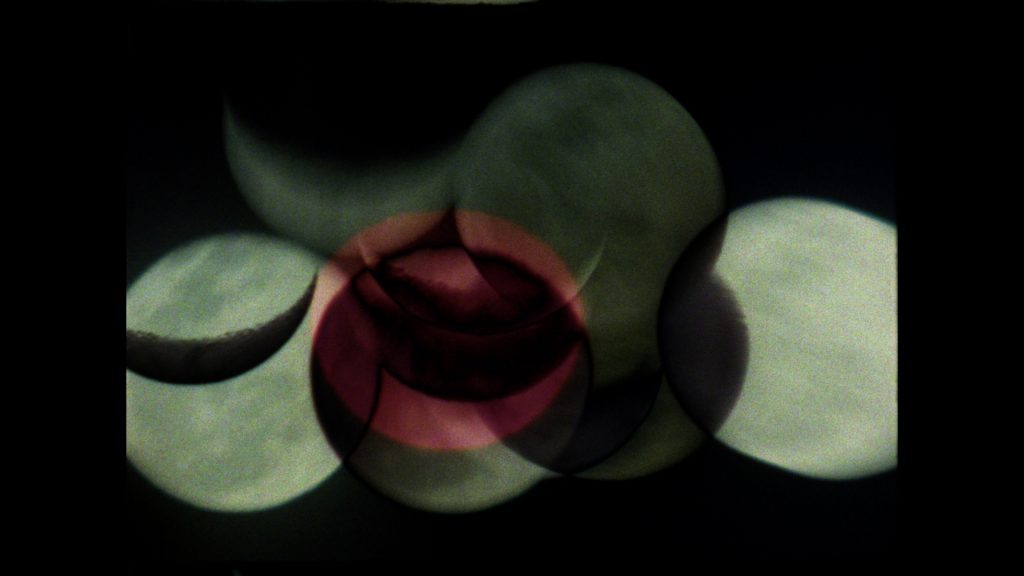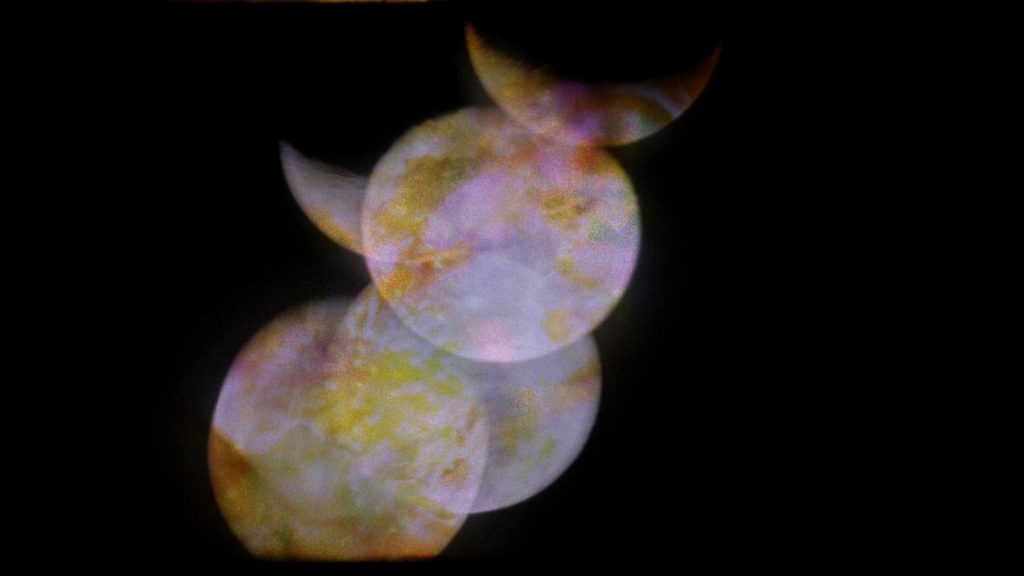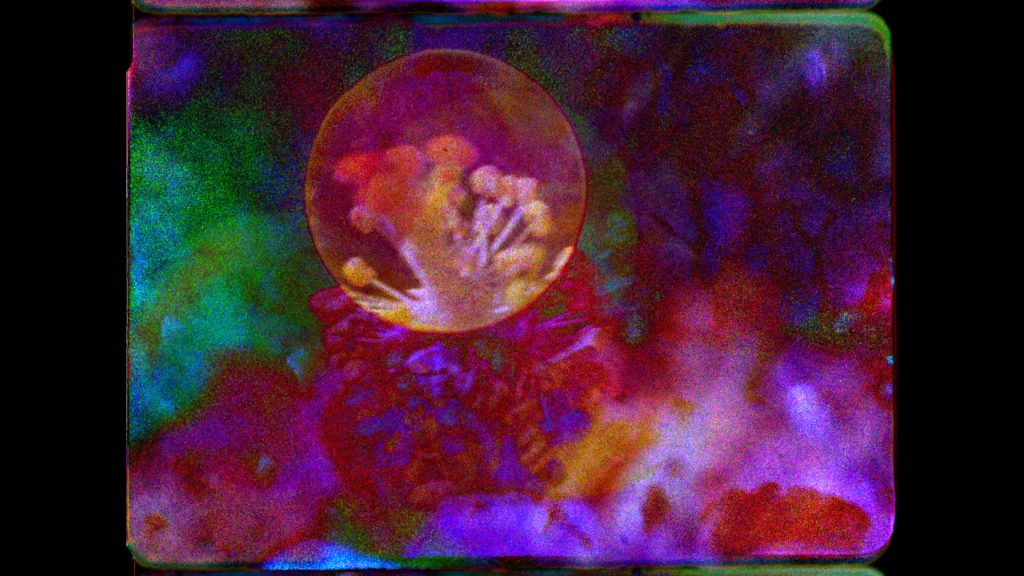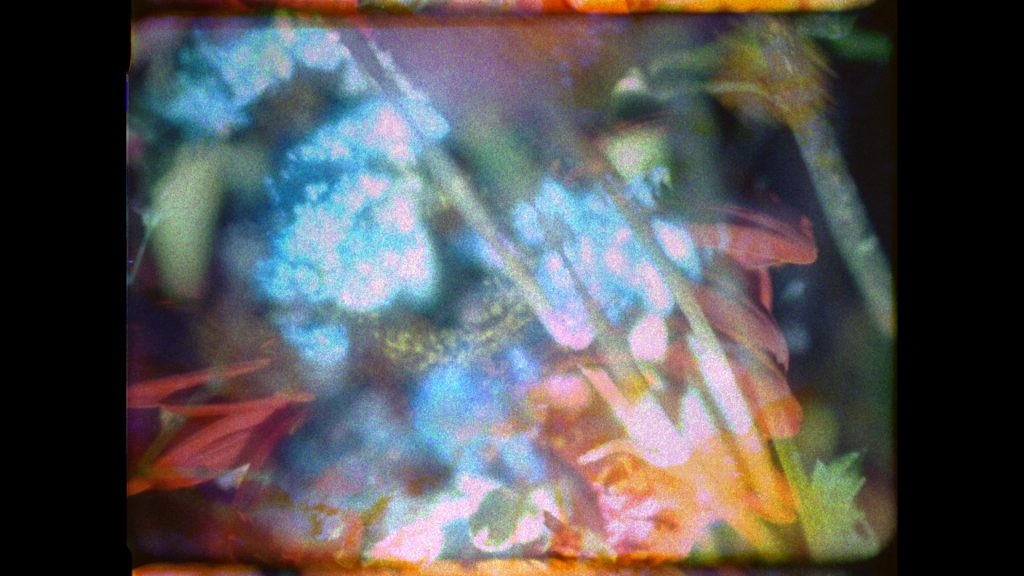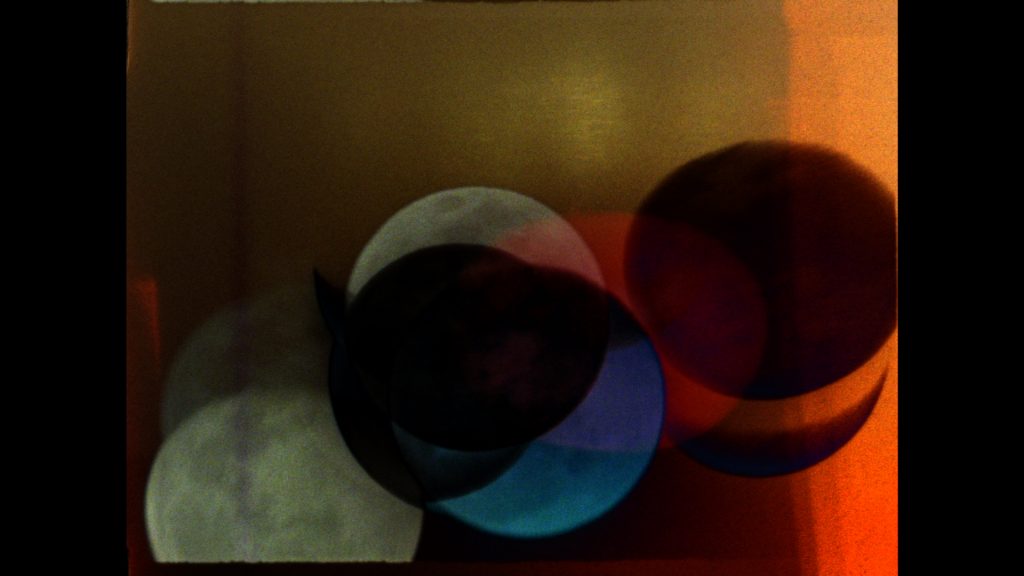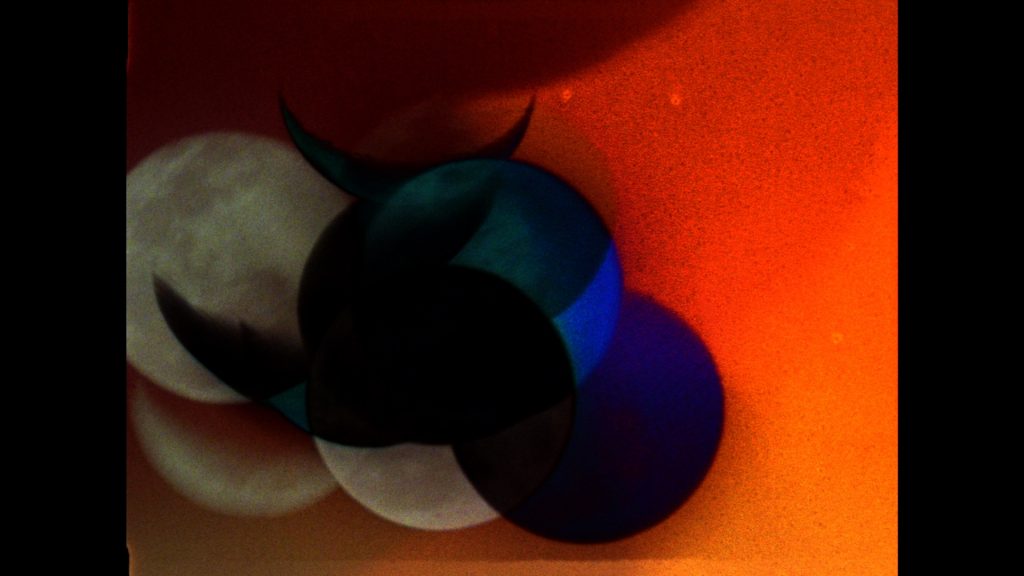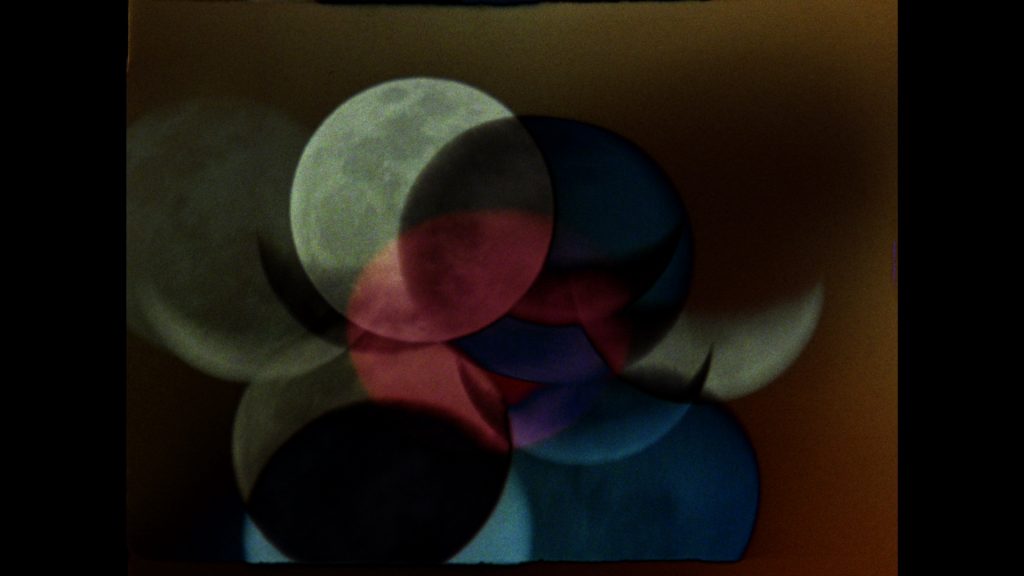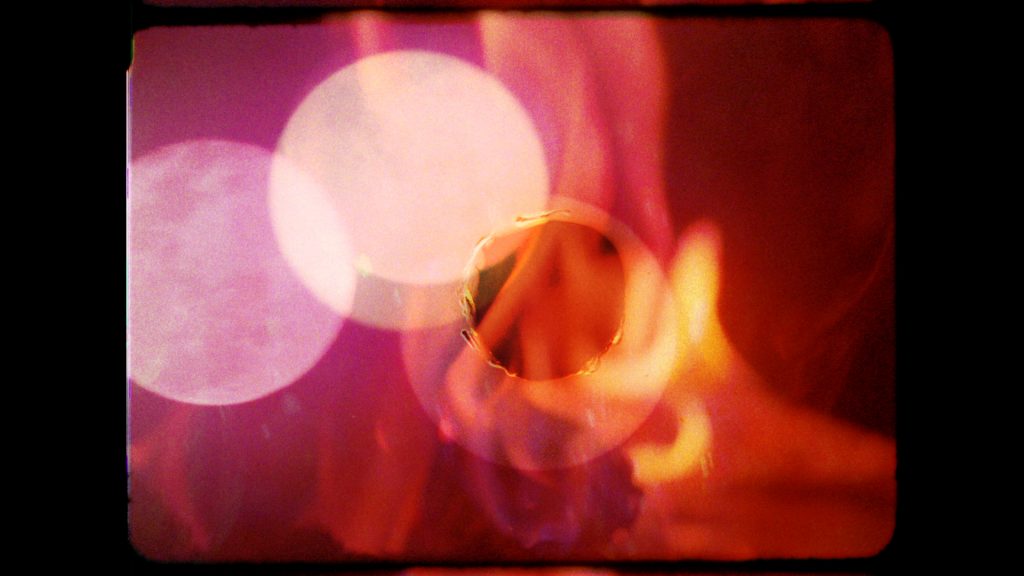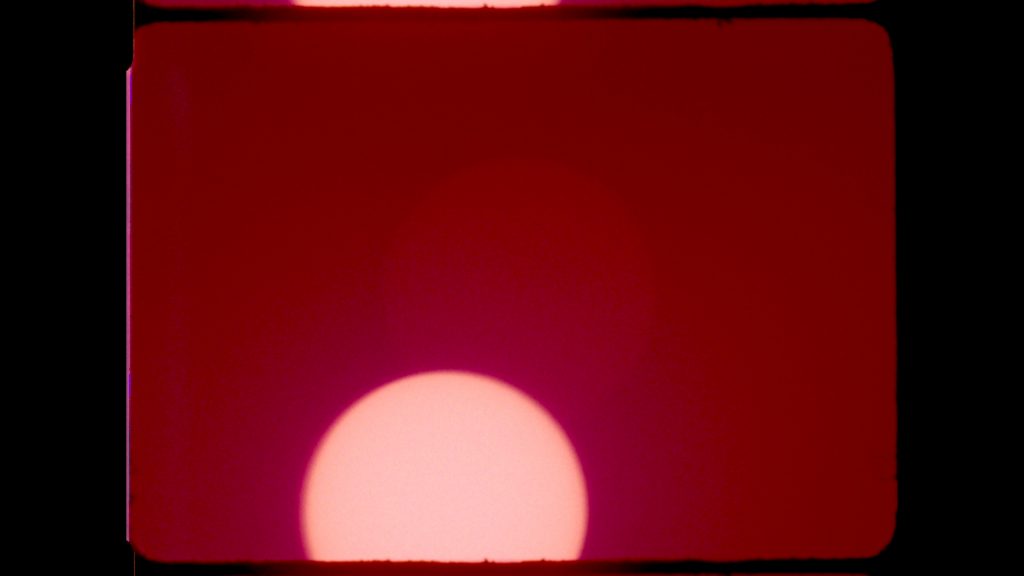Tlecáxitl
Thesis 43: Every hyperimage expresses an epoch of the image of the world as well as a system of current relational images.
Thesis 44: Cinema is a dialectical hyperimage of motion.[1]
Thesis 45: TV is a media-relational hyperimage of culture.
Thesis 46: The Internet is a relational hyperimage of control devices.
Thesis 47: The pandemic is a metabolic overdetermination of systems of images.
Thesis 48: All metabolic overdetermination implies cognitive fracking as a practice of digital reason.
Thesis 49: Cognitive[2] fracking[3] is a productivist overdetermination that integrates and enables the relational hyperimage of control devices.
Thesis 50: Advertising, digital interaction, and algorithmic processing of data instrumentalize the productivity of contingent reason.
Thesis 51: Every contingent reason enables and supports the factual, productivist and digital vector of reason.
Thesis 52: Productivist Reason implies an autophagic energy automatism.
Thesis 53: rEason is the productivist and autophagic nucleus of systems of images.
Thesis 54: reAson is the radical and progressive affirmation of the evidence of its reality.
Thesis 55: reaSon in the Anthropocene develops and affirms an energetic hyperimage of the world[4].
Thesis 56: reasoN has only one way of explaining what does not emerge from it, and that is to reduce it to nothing.
Thesis 57: The reduction to nothingness, as a practice of reason, implies an eidetic contraction and dispersion of beings.
Thesis 58: Every eidetic reduction opens paths to extinction.
Thesis 59: The instrumentalization of eidetic reduction leads to precariousness as an existential condition in the epoch of reason in the Anthropocene.
Thesis 60: The precariousness of the images is a condition of possibility of audiovisual appropriation.[5]
Thesis 61: Extinction, exhaustion, entropy, wear, fatigue, and destruction make up a possible ecological correlate of the directive images of contingent reason.
[1] Currently, cinema lies between the zombie fetishism of the film, the instrumental tourism of museum finiteness, the tyranny of digital high definition of the industry, the simulation and forensic immersion of reality and the viral realm of low-definition. By failing to take into account the eidetic chiasm produced by the arrival of Television for Cinema, the Internet for Television and the Pandemic for the Internet, Cinema is shipwrecked between a unilateral ideological drift and a neoliberal disengagement.
[2] The cognitive and ontological catastrophe that neoliberal capitalism supposes and implements subtracts from the nature of experience, thus revealing the objectifying emptiness of being, while in the audiovisual this subtraction leads to the double form of aberration: the sinister and estrangement.
[3]Against the grain of cognitive fracking as a productivist activity of corporate control, we would like to point out and assert a series of audiovisual strategies (which are continually in danger of being exploited by neoliberal fracking itself) that come from three filmic (un)forms of industrial cinema: 1) The Blob (1988)by Chuck Russell: absorption, assimilation and expansion. 2) Alien (1979) by Ridley Scott: accumulation, nesting andinfestation. 3) Predator (1987) by John McTiernan: strategy, camouflage and ritual.
[4] The retroactive affirmation of planetary geological and atmospheric effects as clear causes of the corrosive effectiveness of the Anthropocene-Capitalocene determines the expansive scope of the linking and relational activity of Reason as an objectifying activity, as a faculty of the unconditioned, as expansion, generation and linking of categorical fields in the direction of the conformation of object inlays, eidetic retractions, intentional permutations, as well as cognitive catastrophes and ecological extinctions. All of this is articulated by Reason in the midst of a clear and continual contraction of hydrocarbons and energy that is increasingly radical.
[5] Precariousness implies a qualitative and eidetic retraction of objects, which enables an intermediate and connecting constructivity between relational qualities that objects emit and absorb and that allows us to experience the shamanic constructivism of the audiovisual process from a synthetic point of view as additive and subtractive facets of qualitative and objectual incrustations, clearing a whole field of audiovisual entities and cinematic appropriations (dis)oriented towards objects.
Thesis on Audiovisual by Colectivo Los Ingrávidos

